Thaumastochloa major
S.T.Blake
A small, usually compact, annual (or biennial) grass, up to 40 cm high, with stems and leaves held erect or trailing along the ground. Although common and widespread across northern Australia this species is easily overlooked in the field unless paying close attention to the ground layer. The leaves and stems are generally more prominent then the flowering spikes. The foliage is green when young and often reddish brown when mature (Fig. 1). The flowering stems or spikes in this species are variable, the stems can give rise to a stout cylindrical spike comprised of 4-10 segments or a slender cylindrical spike comprised of only 1 or 2 (occasionally 3) segments (Fig. 2 a & b). The basic flowering units or spikelets are arranged singly along the spike, with one spikelet embedded into the individual segments of the flowering stem (Fig. 3). Each segment is asymmetrical, particularly in the robutst form, with both ends truncated at an oblique angle, the segments stacked on top of each other with the position of the spikelet alternating from one side of the spike to the other. The spike will usually break apart between each segment as the plant matures. The lower glume of the spikelet is the only exposed structure visible without dissection, it is hardened and in this species more or less smooth (Fig. 3). The spikelet contains 1 fertile floret (modified grass flowers) and 1 sterile floret.
Botanical Description (ATH)
Annual. Culms erect or decumbent, to 40 cm tall. Leaf-blades, 1-12 cm long, 1.5-5.5 mm wide. Leaf-blade linear, flat or involute, glabrous or indumented. Inflorescence a spike, 1.5-3 cm long, with up to 10 segments (Fig. 3). Rhachis fragile at the nodes. Spikelets heteromorphous or homomorphous, some 1.5-3 cm long, with 4-10 robust segments, each segment between 4-5.5 mm long and 2-3.5 mm across; others 0.35-1.6 cm long, with 1-2 (3) narrow segments, 3.5-10 and 1-1.5 mm across. Spikelets 2.3-4 mm long, smooth, rarely rugulose (Fig. 3).
Diagnostic Features (ATH)
This genus is distinguished by the small annual stature and the solitary flowering spike, in which the spikelets are embedded in segments. Flowering spikes are not easily observed without close examination. Species of Thaumastochloa are not generally confused with other grasses, however, it can be difficult to distinguish between them. Thaumastochloa major is a common and widespread species and has two types of flowering spikes which can lead to confusion (Fig. 3). Of the nine Thaumastochloa recognised for Australia seven are found on Cape York Peninsula. From Thaumastochloa pubescens (Fig. 4), Thaumastochloa brassii (Fig. 5), Thaumastochloa rubra (Fig. 6a), and Thaumastochloa striata (Fig. 6b), T. major can be distinguished by the more or less smooth lower glume of the spikelets. Although some of these species may have the lowermost spikelet with a smooth lower glume the lower glume of all the other spikelets on the spike are textured. Thaumastochloa rubra and Thaumastochloa striata are only found in the Northern Territory. The robust form of T. major can be confused with Thaumastochloa monilifera, however, the spikelets of T. monifliera have constrictions between the segments of the spike and the segments appear inflated (Fig. 7). The slender form of Thaumastochloa major is often misidentified as Thaumastochloa rariflora. Thaumastochloa rariflora plants have much shorter leaf sheaths ≤ 1/3 the internode length (Fig. 8) compared to at least ½ or more in T. major; have joints 2.5-3 mm long compared to 3-6 mm long in T. major; and have typically smaller peduncles, 0.5-3 cm in T. rariflora and 1.5-18 cm in T. major. Thaumastochloa x heteromorpha is considered a hybrid between T. major and T. pubescens (CHAH 2009) and is distinguished from T. major by the combination of 4 or more segments per inflorescence and segments 2-3.5 mm wide.
Identification keys to the species in the area can be found at Simon & Alfonso (2011) or Koning et al (1983)
Natural Values (CYNRM, ATH, others)
The species in this genus are collectively referred to as snake grass in Crowley et al (2004) and are considered a significant food source for the golden shouldered parrot. Thaumastochloa species produce large amounts of seed which fall to the ground and persist through the dry season. As storms begin and Schizachyrium seed begin to germinate the parrots switch to species of Thaumastochloa (Crowley et al 2004).
Habitat
Fairly common annual on sandy soil in damp situations in northern Australia extending to Malesia
(Simon & Alfonso 2011) (Fig. 9). Widely distributed throughout Cape York Peninsula (Fig. 10).
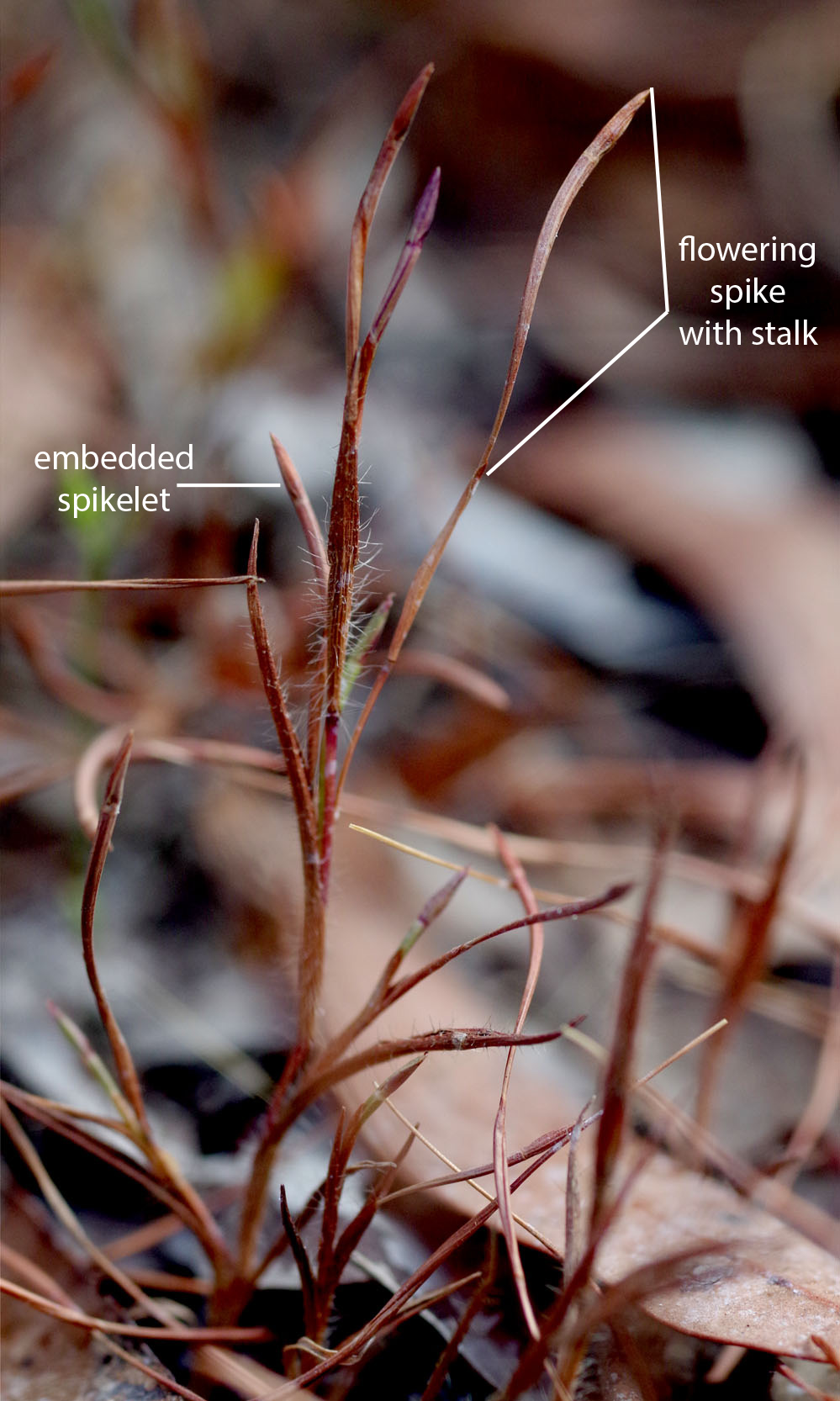
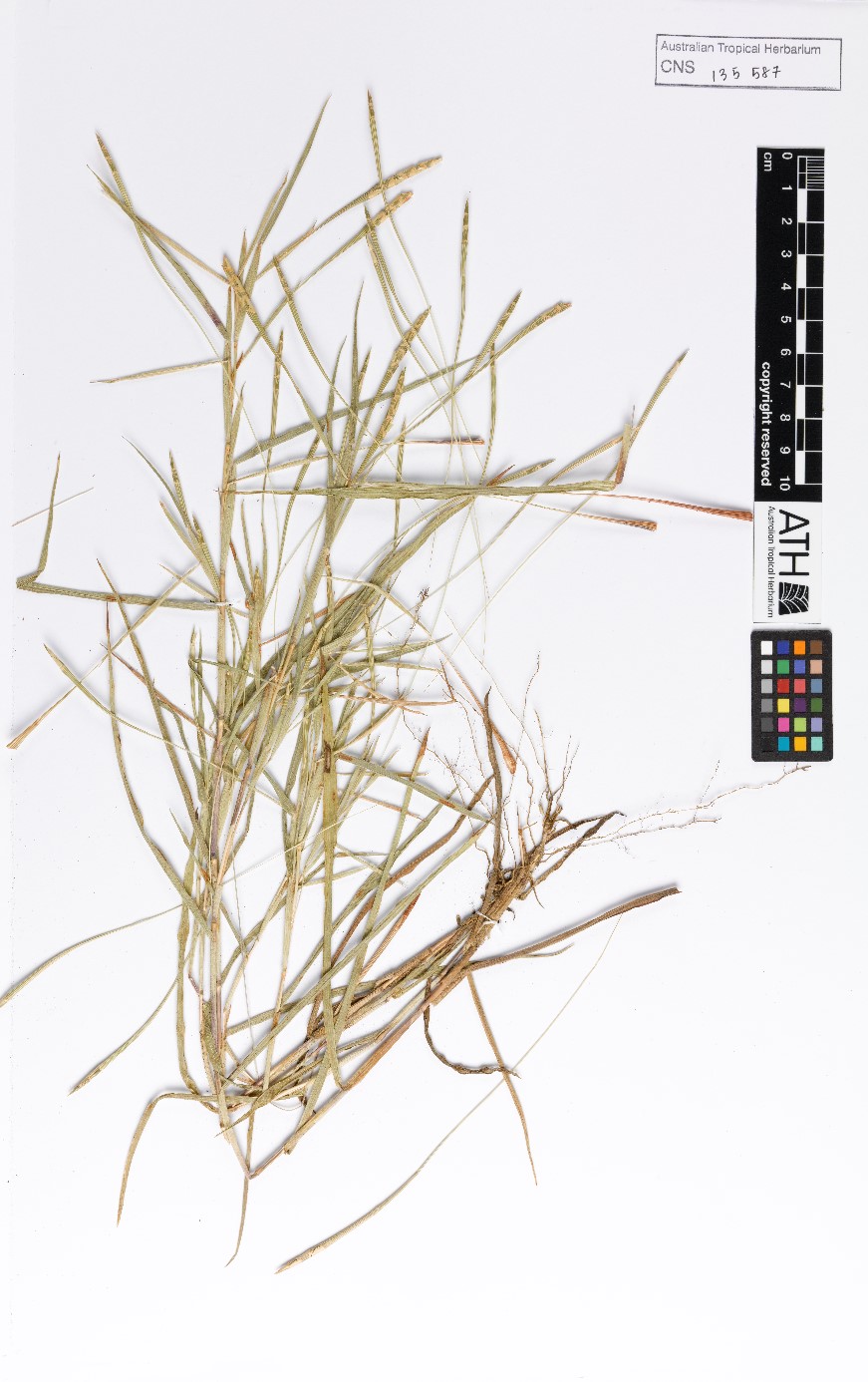
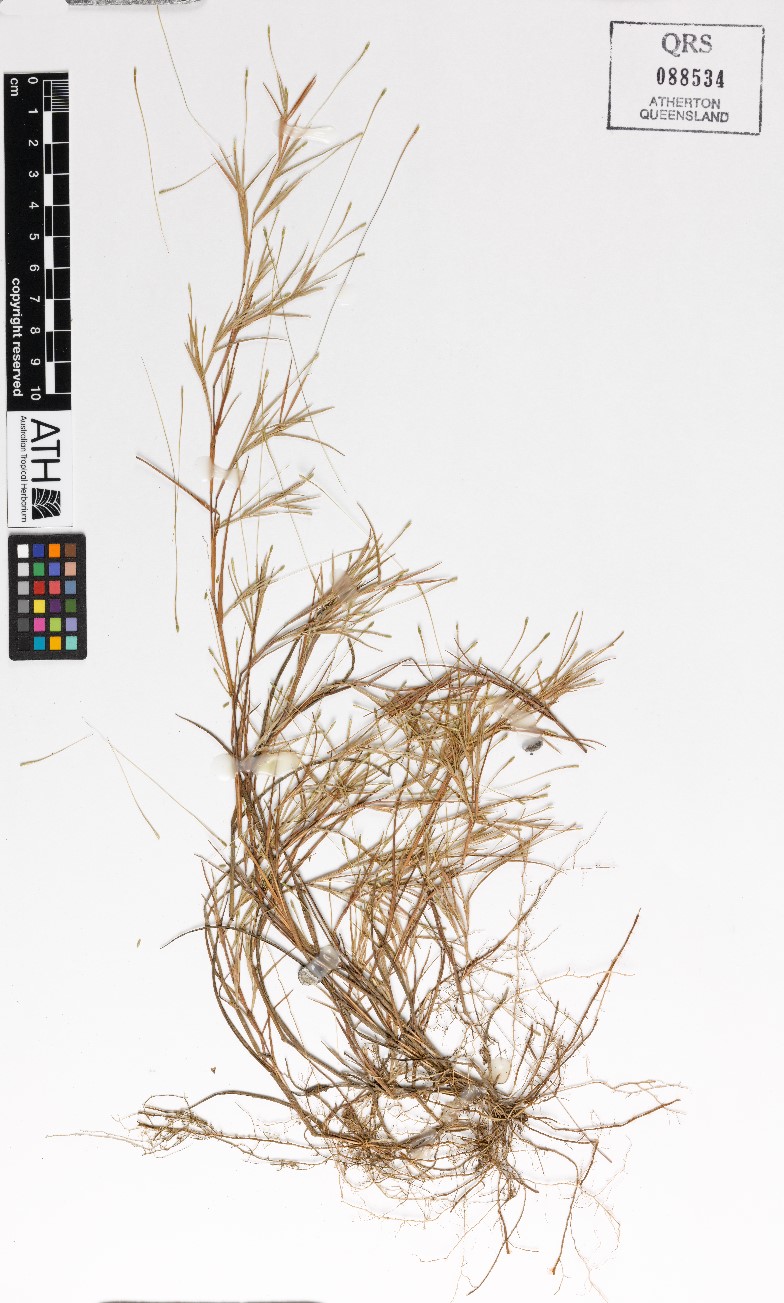
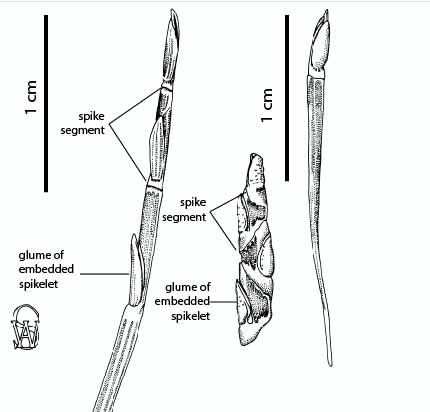
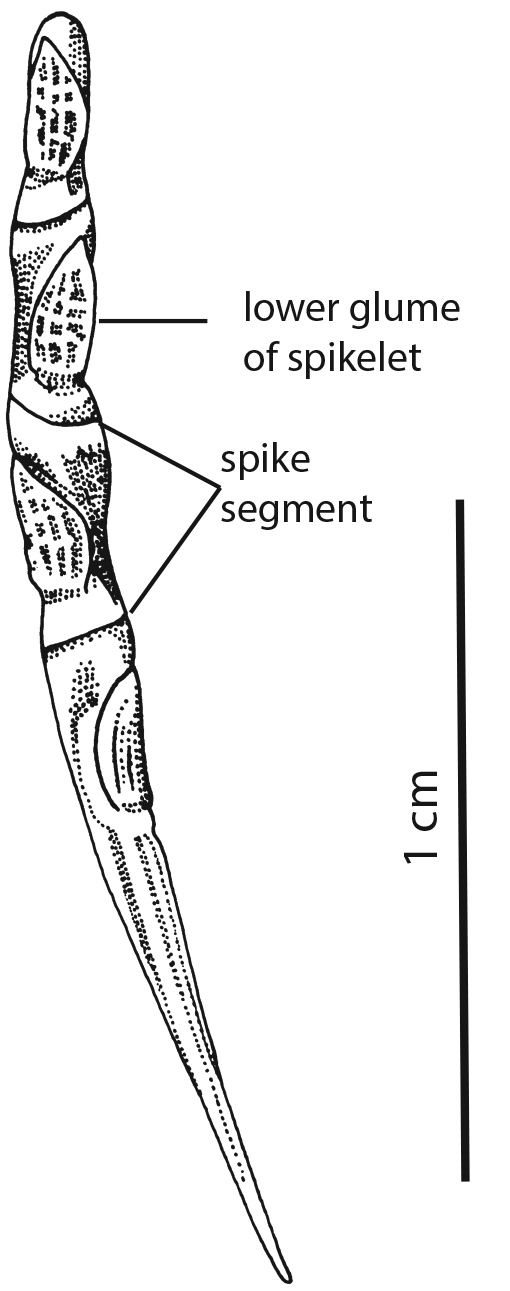

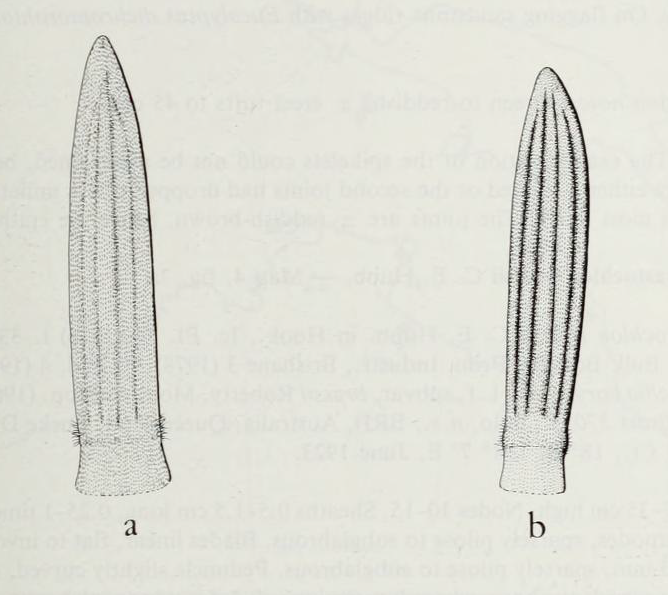
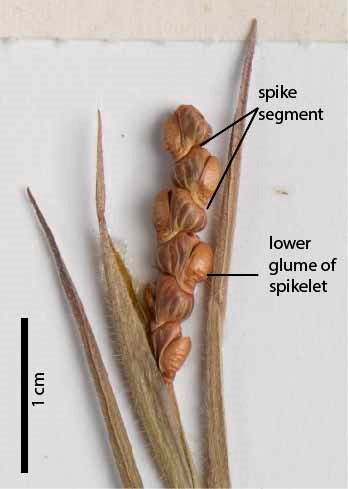
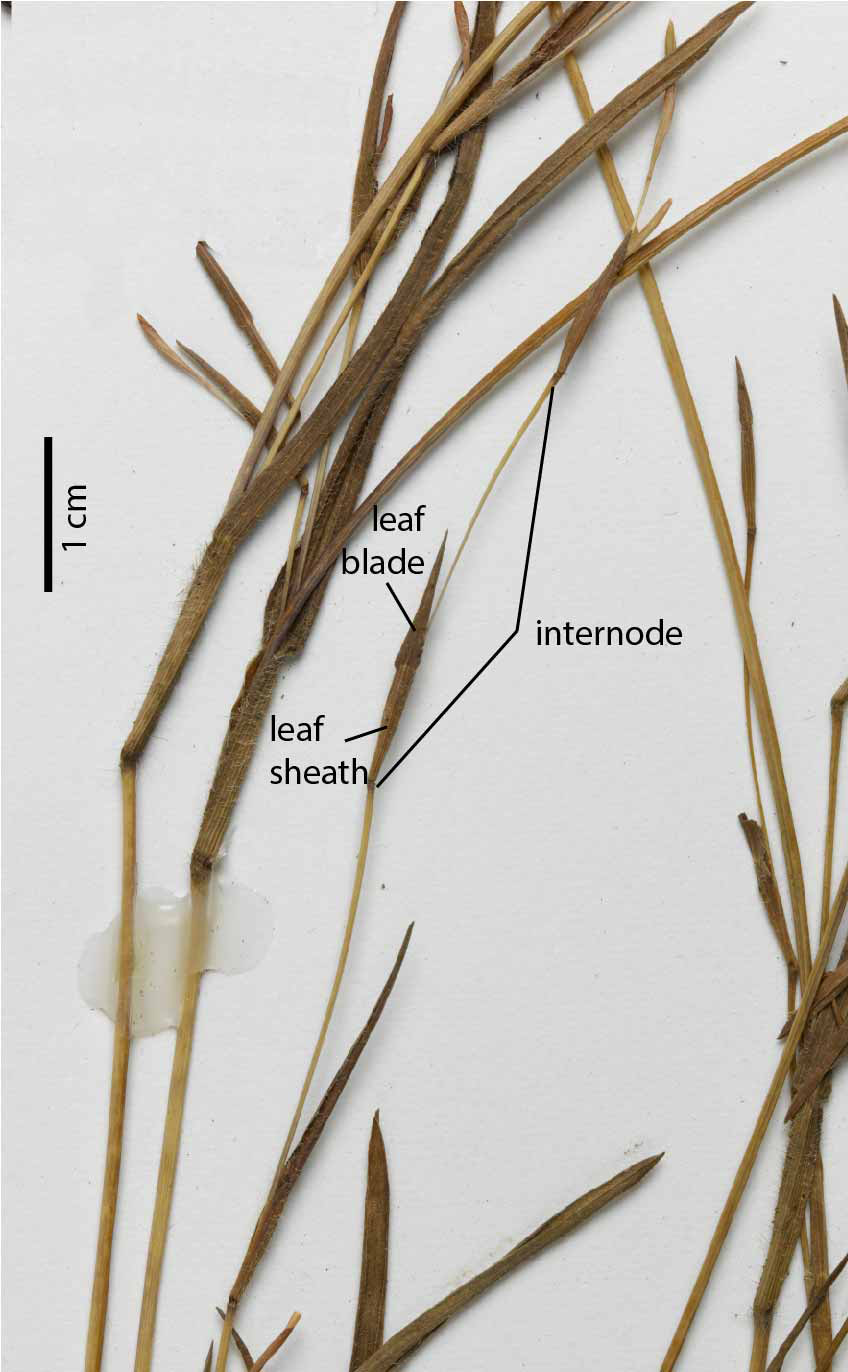
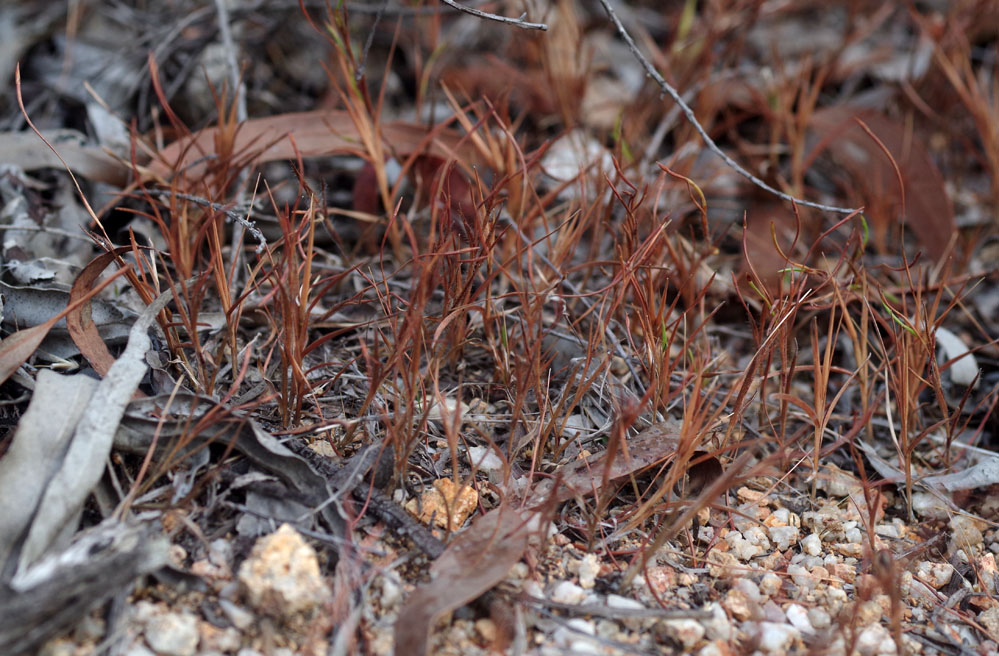
Resources
AVH (2018) Australia’s Virtual Herbarium, Council of Heads of Australasian Herbaria, <http://avh.chah.org.au>, accessed 1 Mar 2018.
CHAH (2009), Australian Plant Census: - https://biodiversity.org.au/nsl/services/APC, accessed 14 Mar 2018.
Crowley, G.M., Garnett, S.T. and Shephard, S. (2004). Management guidelines for golden-shouldered parrot conservation. Queensland Parks and Wildlife Service, Brisbane.
Garnett ST and Crowley GM. 2002. Recovery Plan for the golden-shouldered parrot Psephotus chrysopterygius 2003-2007. Report to Environment Australia, Canberra. Queensland Parks and Wildlife Service, Brisbane.
Hooker, Nanette B. (2016) Grasses of Townsville. James Cook University, Townsville, QLD, Australia.
Koning, R. de, Sosef, M.S.M, & Veldkamp, J.F. (1983), A revision of Heteropholis and Thaumastochloa (Gramineae). The Gardens' Bulletin, Singapore 36(1): 150-162.
Simon, B.K. in Wheeler, J.R. (ed.) (1992), Thaumastochloa. Flora of the Kimberley Region: 1225
Simon, B.K. & Alfonso, Y. (2011) AusGrass2, http://ausgrass2.myspecies.info/accessed on [8 February 2018].

